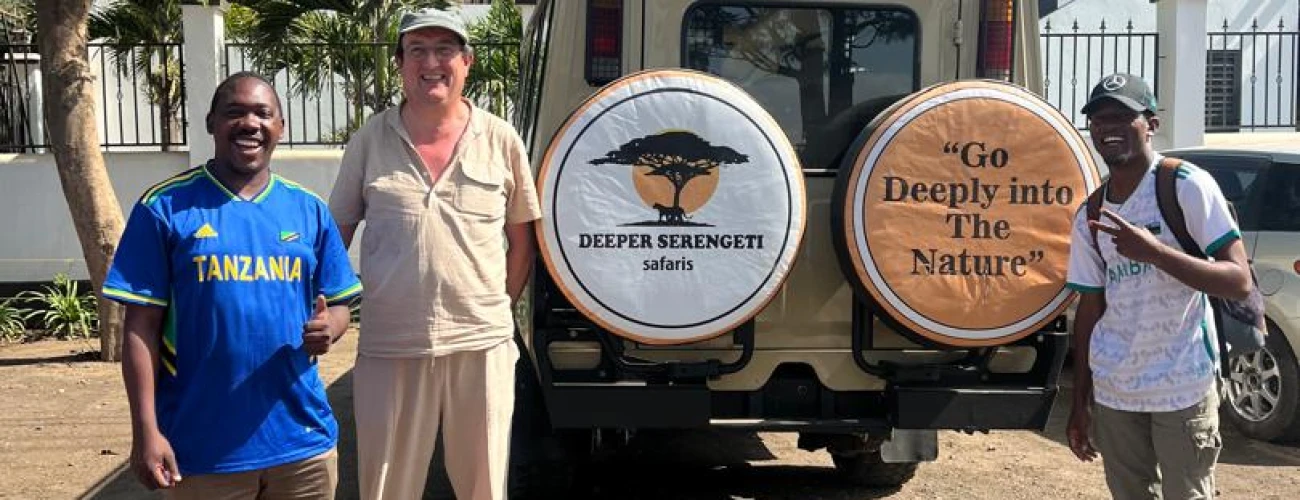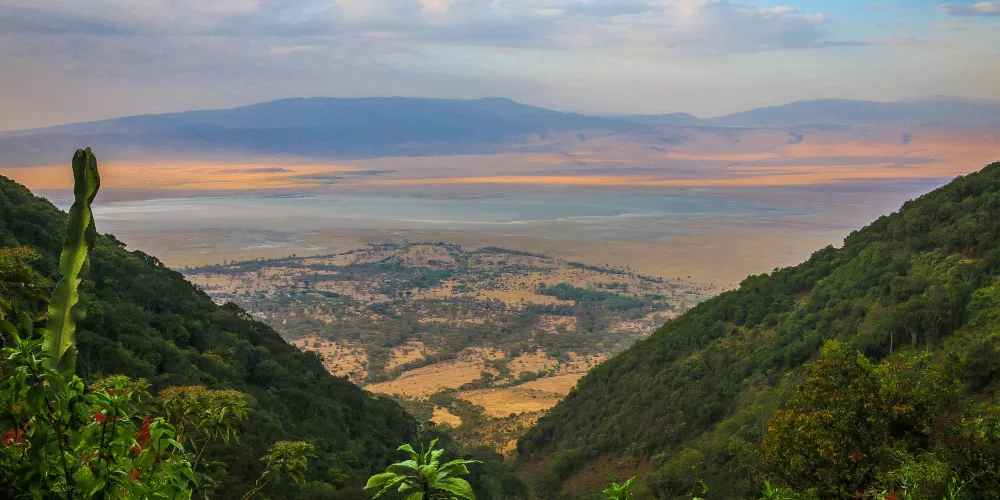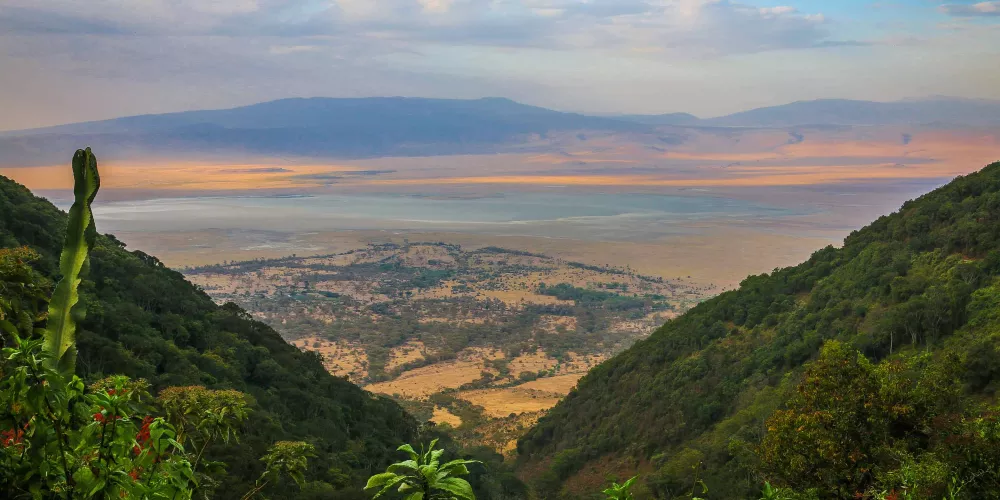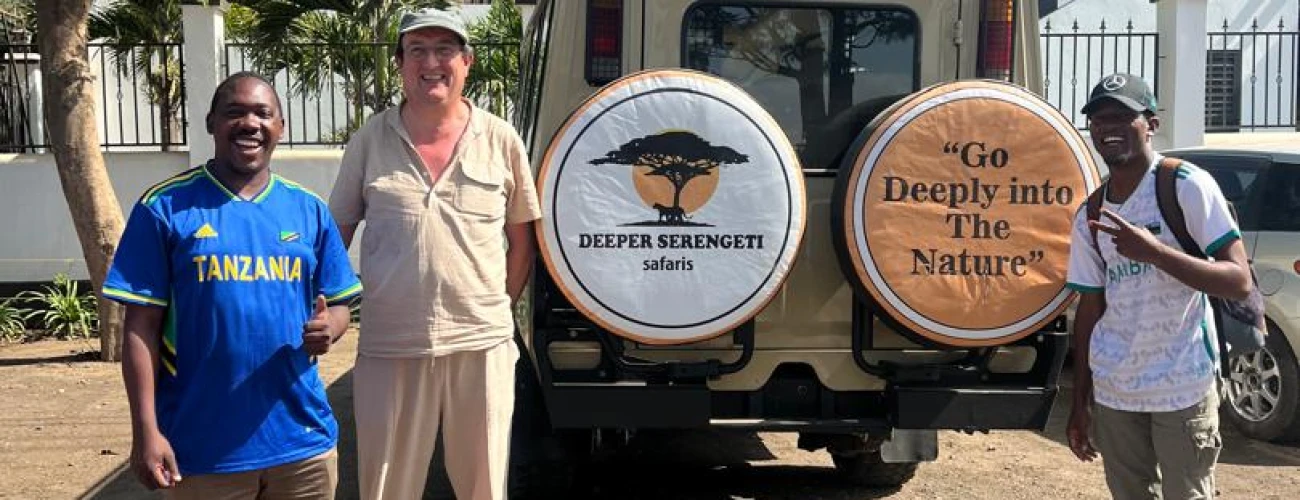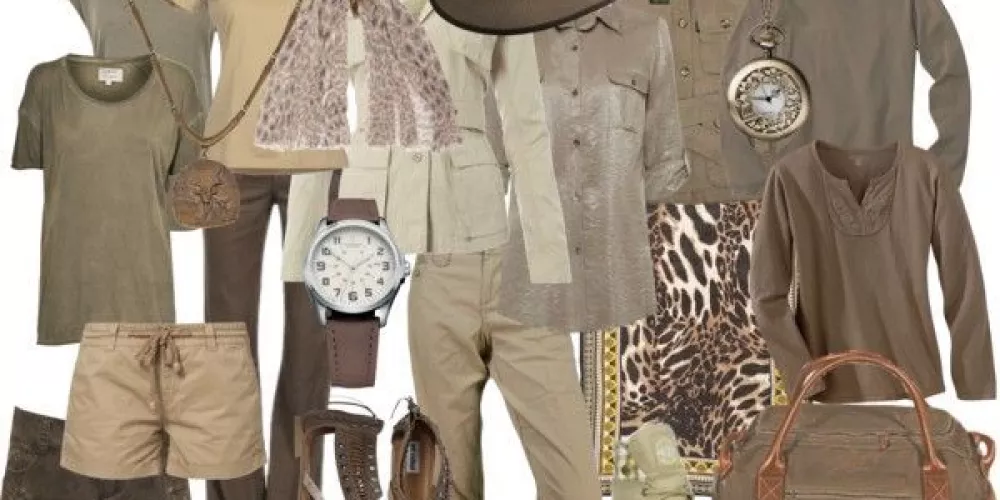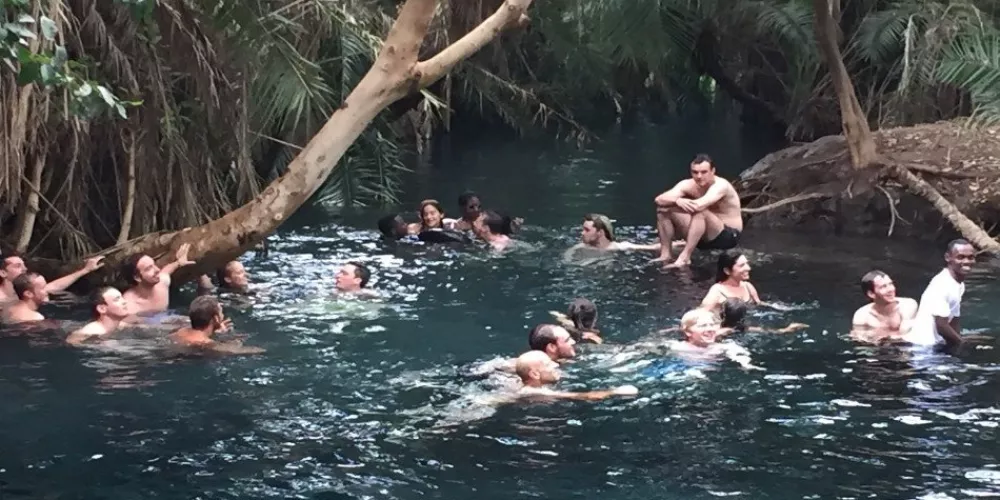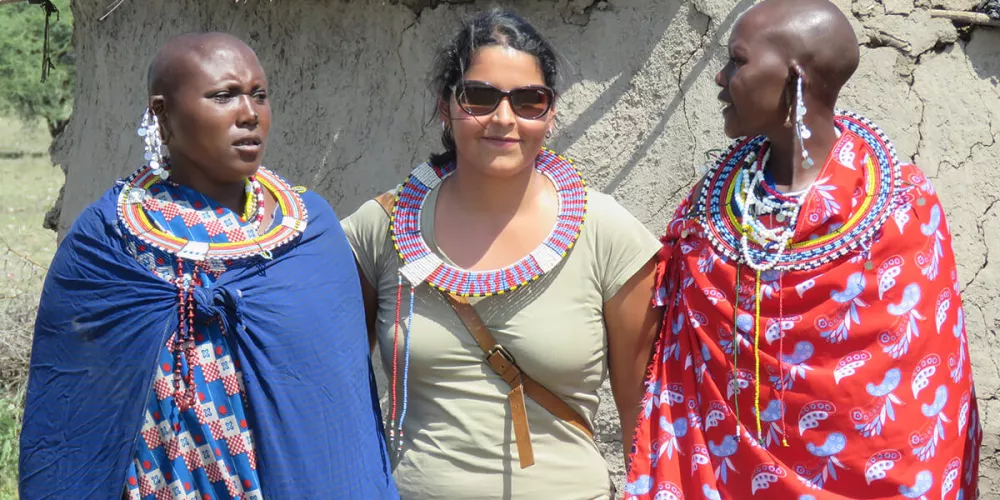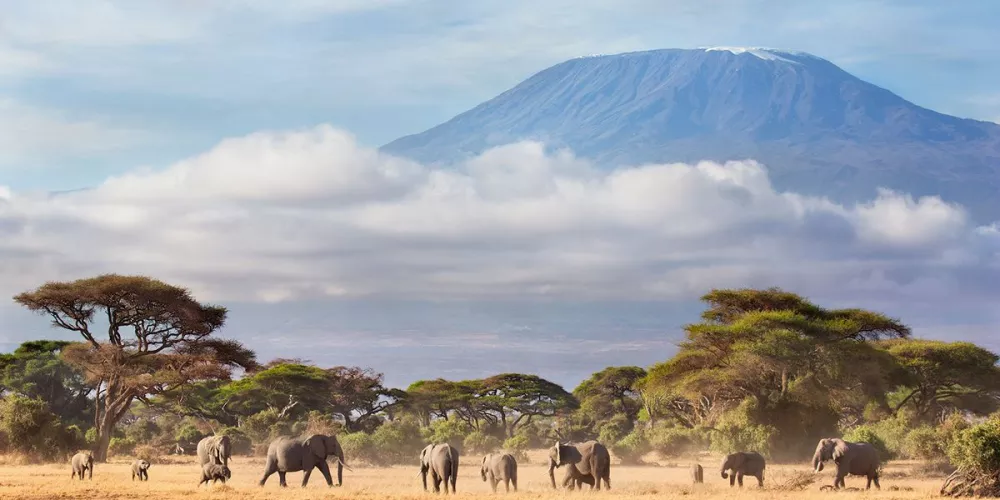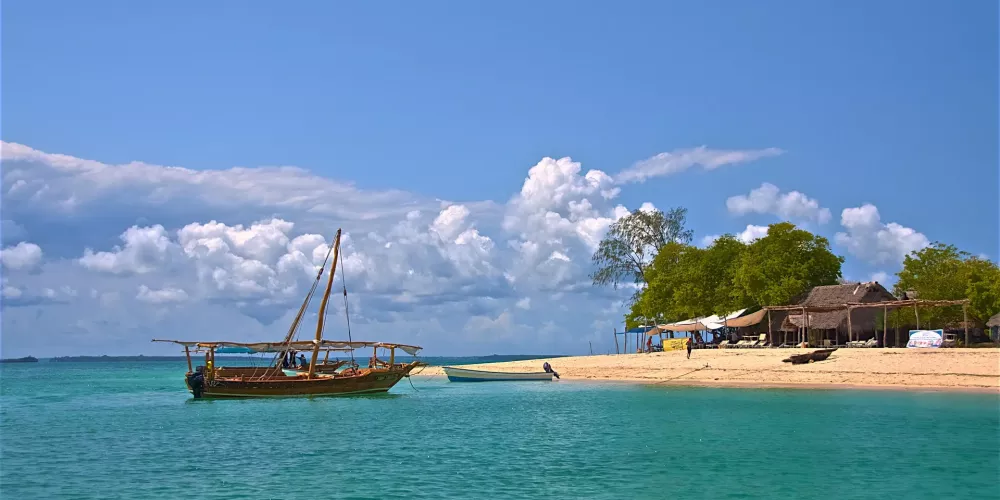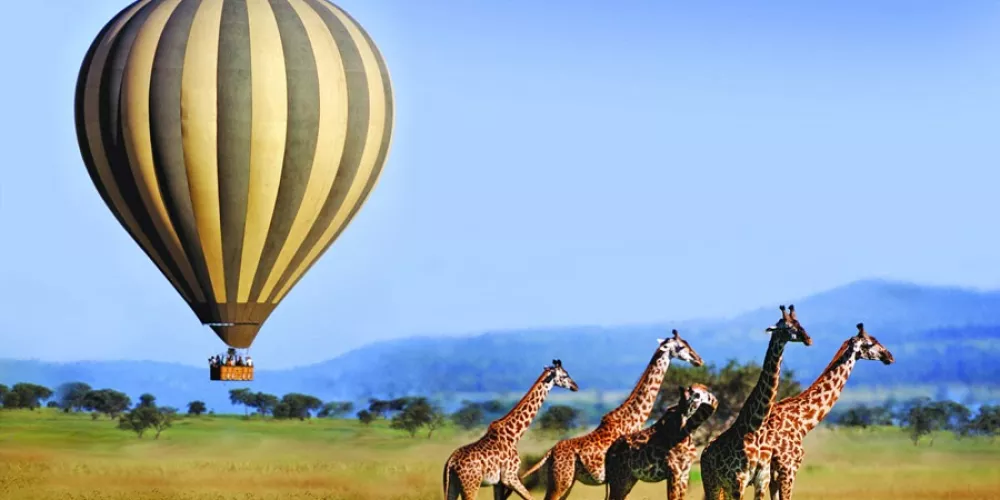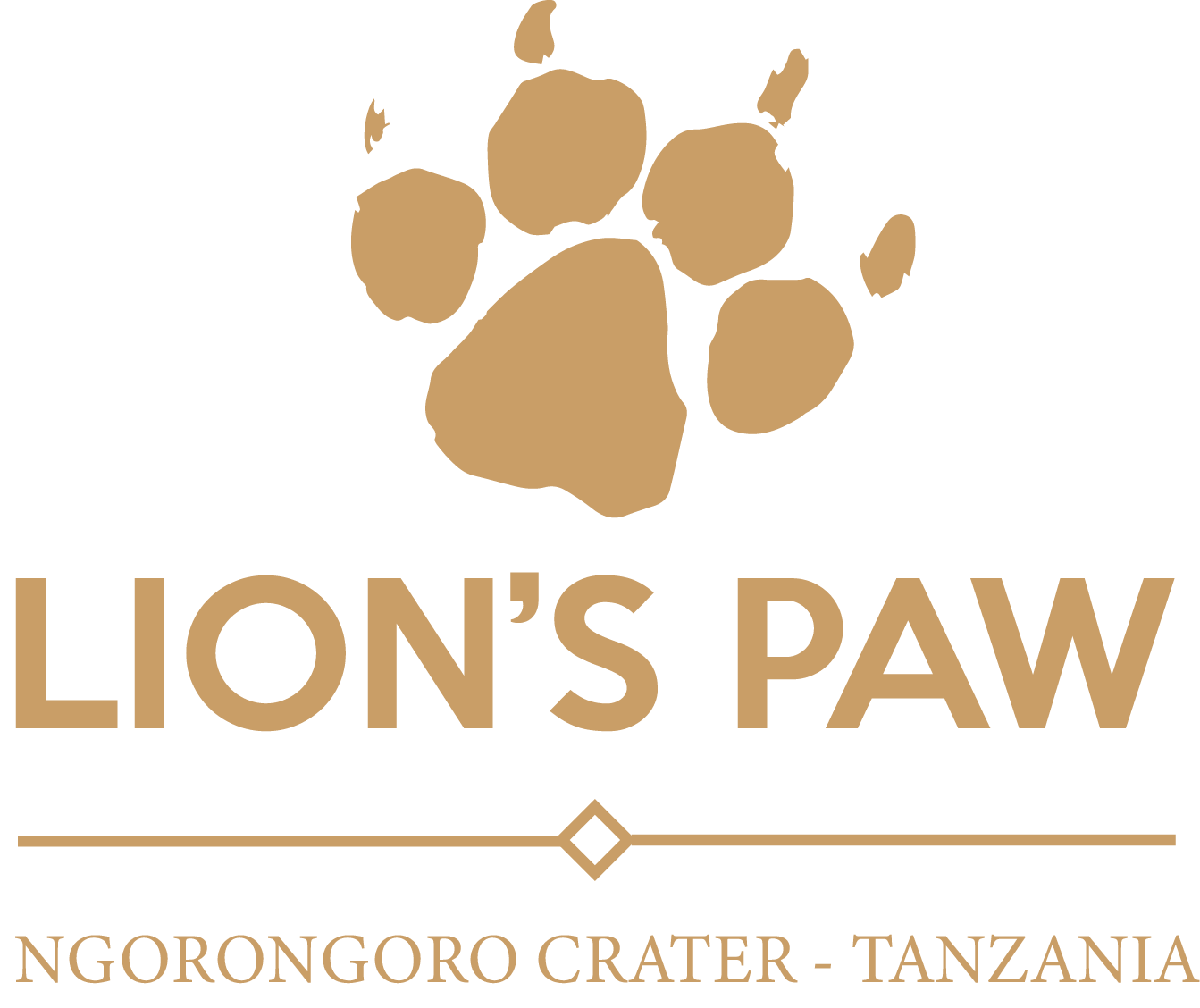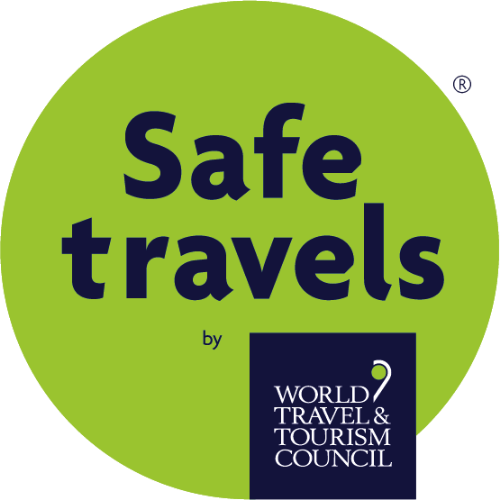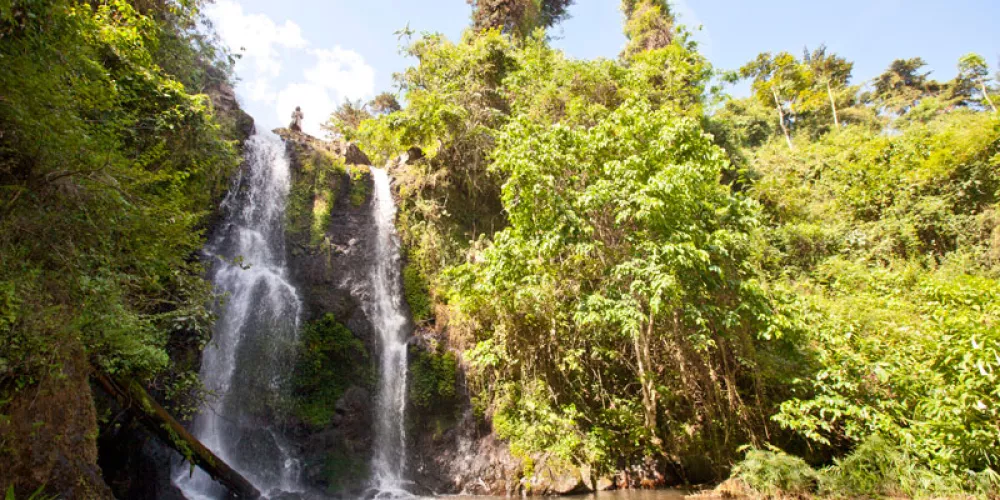
luck
Tour ExpertWhat You Need To Know For Your First Time
Lions prowl across dusty savannah. Elephants gather at raucous waterholes. Wildebeest hoofs create a drum roll as herds cross the Serengeti. This is a Tanzania safari, a true immersion in wildlife and wilderness.
There are more wild land mammals in this country than anywhere else on the planet. There are almost a dozen different safari destinations and the complete suite of wildlife, with so much more than the big five.
Most preconceptions about an African safari can be realised in Tanzania. This is the country where you get closer, see more, and experience the wild at its untamed best.
But Tanzania is an enormous country and wild animals don’t live everywhere. In this detailed guide we’ll show you the places to go, things to see, experiences to try, places to stay and when to go; along with tips for planning your first time in the country.
Tanzania Safaris – Essential Information
Where is Tanzania and how do I get there?
Tanzania is a large country in East Africa, immediately south of Kenya. Dar es Salaam is the largest international airport but for most safaris it’s more convenient to use Kilimanjaro International Airport to the north.
Why are Tanzania safaris so famous?
The great wildebeest migration is in Tanzania for nine months of the year, in the most famous African destination of all – the Serengeti.
One glance at the Serengeti and you’ll immediately see this was the landscape that inspired Disney’s Lion King.
Tanzania is also home to Ngorongoro Crater and almost a dozen other national parks, all with their own wildlife specialisms.
What animals will I see on a Tanzanian safari?
Lions, leopards, rhinos, elephants, giraffe, buffalo, wildebeest, zebra, Thomson’s gazelle…the list goes on and on, with Tanzania home to a stunning diversity of life.
Most impressive is the abundance. On a multi-day safari you don’t encounter a single lion but many different prides. Sometimes you’re confronted by herds of zebra numbering over 5000 individuals.
And none of the animals are seen in isolation. The beauty of an African safari is watching how everything interacts, especially at a waterhole or the battle between predator and prey.
How long do I need for a Tanzania safari?
This is not a one-day experience. Realistically you need at least four days. A week on safari is recommended as it allows you to visit different parks and really explore the wilderness.
What does a Tanzania safari cost?
A safari here is a once in a lifetime experience and it doesn’t come cheap. But can you put a price on watching lions prowl around tens of thousands of wildebeest?
You’ll need a permit for each park that’s visited, which ranges from USD 30 – 100 per day. Accommodation in basic camps starts at USD 50 per night per person, going upwards of USD 1000 per night.
While it is possible to rent a car and do your own safari, this really isn’t recommended and also attracts substantial fees. Almost everyone books a tour, so you must calculate the price of a sturdy four-wheel drive Toyota Landcruiser, a driver-guide or driver plus guide, then your meals and drinks.
The most basic multi-day safaris start at USD 180 per day per person. USD 300 – 400 per day is more realistic for using an experienced tour operator and clean, comfortable camps. At the top end, a safari could cost you more than $2,000 per day.
Why Tanzania and not Kenya or South Africa?
In Tanzania, you explore with all the senses. Hippos grunt as they emerge from a lake. The smell of fear as you watch a leopard stalk a gazelle herd. Lions roaring, elephants hooting, buffalo charging and zebra grazing besides your tent.
Tanzania isn’t the only country in Africa where you can go on safari. However, it is the one that most reflects preconceptions about an authentic safari.
The scale – Tanzania’s parks are huge; as an example, the Serengeti ecosystem is roughly the size of Belgium and one of the country’s largest reserves. Such a scale stops anywhere from feeling too crowded.
The animal abundance – no other African country has as many wild animals.
Getting closer – with so many animals it’s very easy to get close; it’s common for lions to rest in the shade created by your safari vehicle.
Pure wildlife theatre – nothing is seen in isolation and on a multi-day safari you become centre stage in it all.
Diversity – on a multi-day safari you’ll explore a myriad of habitats and ecosystems, each with its own atmosphere and wildlife cast.


